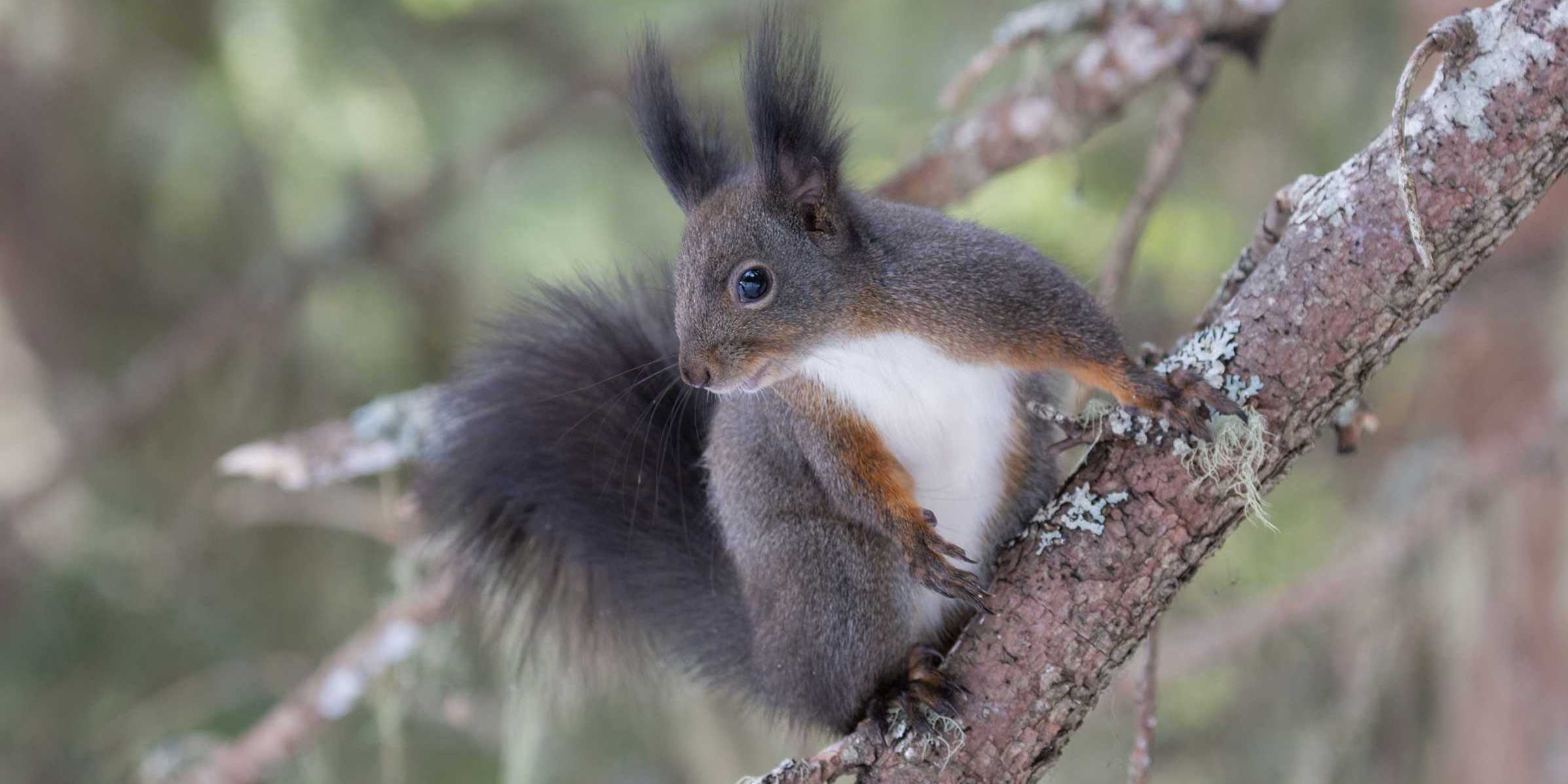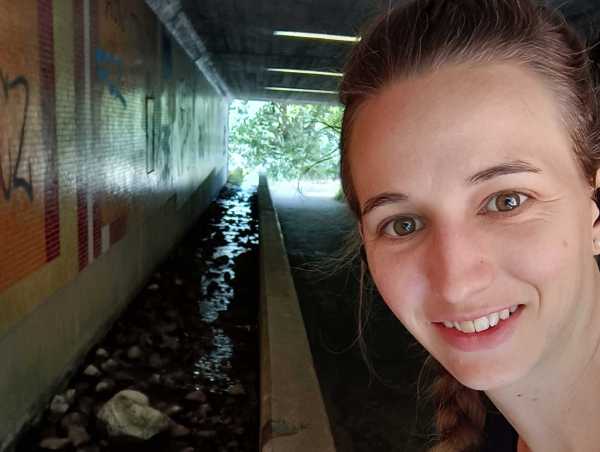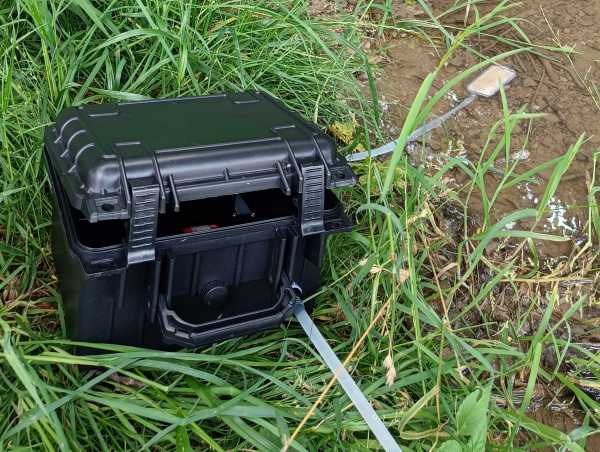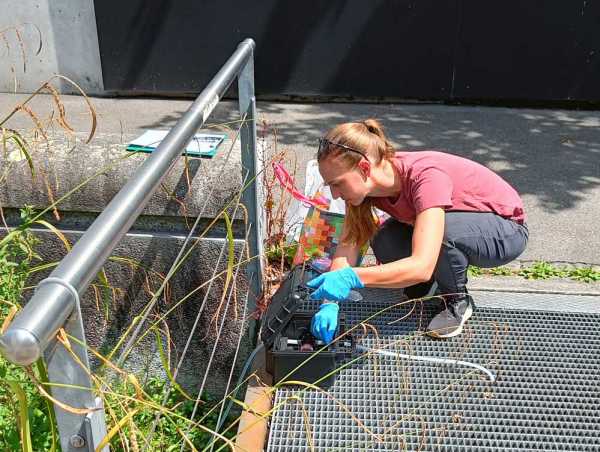When you think of nature and wild animals, you might not think of cities first. "But the biodiversity in cities is much higher than you might think and is comparable to woodlands," says Anouk Taucher. The wildlife biologist and doctoral student at the Swiss Federal Institute for Forest, Snow and Landscape Research (WSL) and ETH Zurich has made the city her speciality: she researches the distribution of wild animals in urban areas. She concentrates primarily on native mammals such as hedgehogs and squirrels, but Anouk Taucher also includes badgers, foxes and introduced raccoons in her analyses. In particular, she asks herself how wild animals can be recorded efficiently and which habitats our "wild neighbours" prefer.
On the trail of squirrels
Squirrels, for example, are charismatic figureheads for wildlife in the city. "Squirrels are not systematically counted," says Anouk Taucher, "so it is unclear how large the squirrel population is in Zurich." Squirrels can still be found in the city's parks and gardens, and yet the squirrels are also at risk of population loss. "It is to be feared that their numbers are declining." Squirrels need contiguous stands of trees to be able to move around safely and reach food sources. Due to the increasing density of cities their habitat is coming under pressure.
The wild side of the city
To study the distribution of our wild neighbours in the city, Anouk Taucher and the StadtWildTiere project use various monitoring methods, such as camera traps and observation reports from the population, to give researchers an impression of the distribution of wild animals. In her doctoral thesis in the Ecosystem and Landscape Evolution Group at WSL an ETH Zurich, Anouk Taucher compares these traditional methods with newly developed monitoring methods based on environmental DNA. "The animals leave their DNA in the city's streams and waterways, which we can then filter out with pumps and analyse," says Anouk Taucher, explaining the method.
With the help of the population
Researching and preserving the diversity of wildlife in the city also requires the help of the public. Observations of wild animals, be it a fox at the bus stop or a squirrel in the garden, should be reported on stadtwildtiere.ch. Anouk Taucher relies on this data to better understand and protect squirrels, foxes and hedgehogs, but also to improve coexistence with wild animals.



